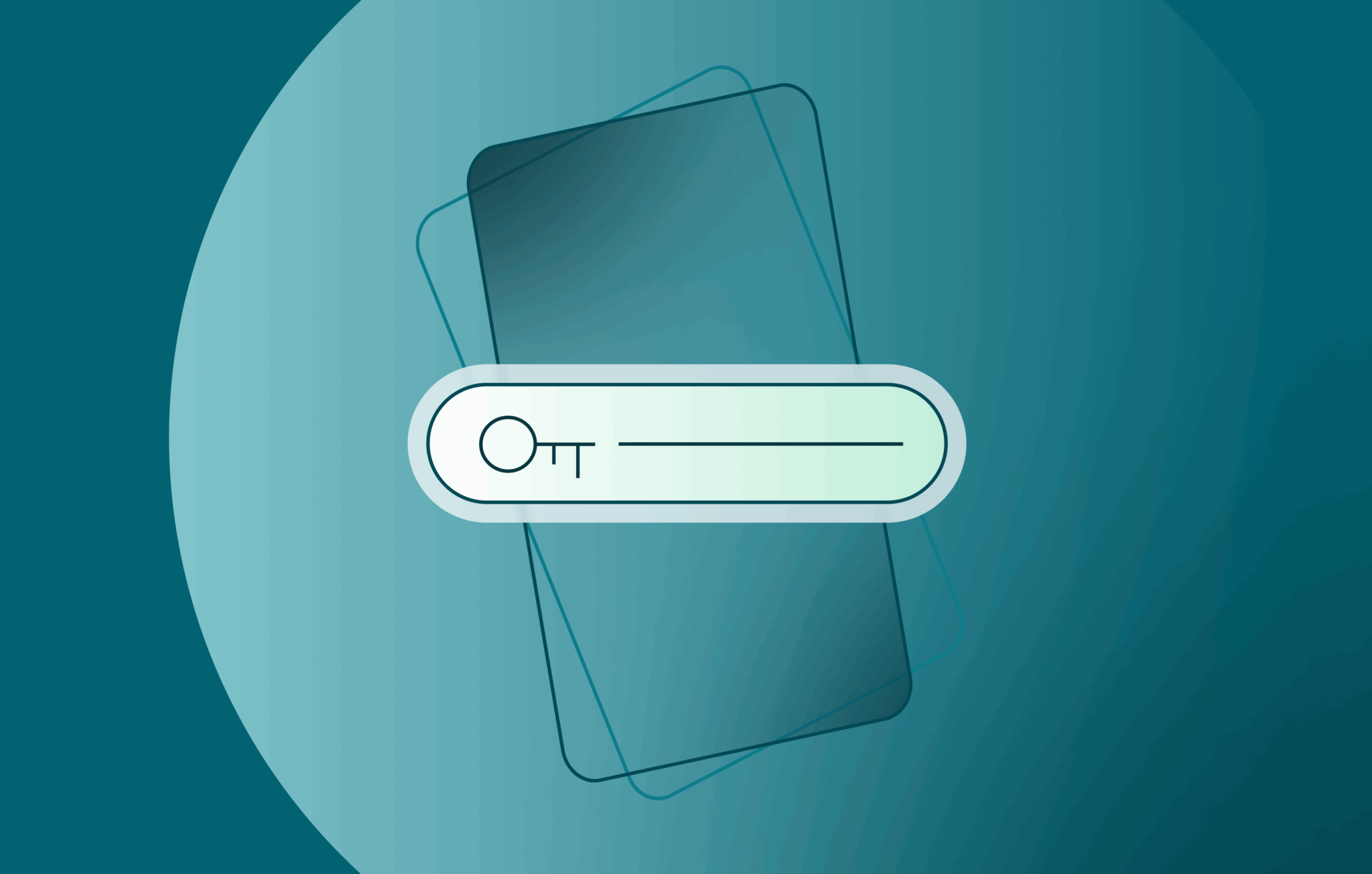
Last week, CyberNews reported the discovery of a database containing 16 billion exposed login credentials. The story quickly spread across media outlets, prompting confusion and concern from both individuals and organizations.
While the initial article characterized this as a data breach, it’s important to note that this isn’t the exposure of new credentials. It's a collection of previously compromised and recycled passwords stolen through infostealer malware and credential stuffing attacks. Compiling and recycling credentials in datasets is a common practice among threat actors, because it works: Reused or weak credentials remain one of the most effective ways to compromise accounts across systems.
Credential reuse remains widespread. Credential stuffing pays off, even with very low probability to succeed, so old credentials still have value for threat actors.
Even though the data isn’t recent, the risk remains. According to Verizon’s 2025 Data Breach Investigations Report, credentials are still one of the most common ways attackers gain access to systems. This underscores the need for IT and security teams to gain visibility into employee credentials and respond before exposure leads to harm.
To help security teams separate fact from headline, here’s a clear summary of the leak and why it remains a risk.
What security teams need to know about the credential leak
The database of 16 billion leaked credentials is not the result of a new breach. As reported by BleepingComputer, it’s a collection of previously compromised credentials. Here’s the rundown:
- Not a breach, but a compilation
This dataset combines credentials exposed over time, not from a recent attack. There is no indication of a new compromise involving Apple, Google, Facebook or other major services. - Sourced from infostealer malware logs
Much of the data comes from infostealer malware, which extracts saved usernames, passwords, cookies and autofill details from infected devices. - Leaked and later repackaged
These credentials were already circulating on platforms like Telegram, Discord and Pastebin before being compiled into large datasets. This repackaging is why the leak appeared fresh. - Sheer volume is the concern
Individual infostealer logs may contain thousands of entries. When compiled, the scale becomes substantial. One file alone was over 1.2 GB and included more than 64,000 credential pairs. - Why the risk remains
Credentials don’t expire or lose value over time. Reused passwords and missing MFA remain common, making even older data useful for phishing, credential stuffing and account takeover attempts. In addition, with leaks such as these, even if users change their password, their email will continue to be a target for phishing.
From awareness to action
These headlines highlight that credential leaks are a persistent and real threat. Even though this latest compilation isn’t a new breach, it could still give attackers a way into your network.
Protection demands ongoing oversight beyond simple resets or occasional training. It calls for continuous monitoring and tools that help security teams understand their risks and prioritize remediation.
How Dashlane Omnix helps close the gap
Dashlane Omnix is the intelligent credential security platform that helps organizations uncover risks, respond decisively and build long-term credential resilience with confidence.
See and act on credential threats before they spread
Security teams can’t secure what they can’t see. Shadow IT, browser-saved passwords and low adoption of password managers leave credentials outside security’s reach. Omnix delivers visibility into where credentials are created, stored and used, helping teams detect and stop threats before they escalate.
Protect against phishing when it counts
Phishing attacks are evolving to bypass traditional filters. Dashlane Smart Extension, our browser-based security tool, inspects URLs in real time and alerts users before credentials are entered. Autofill activates only on exact-match, verified domains. This reduces risk at the point of entry.
Improve password health across the organization
Password hygiene demands ongoing attention. Dashlane secures credentials in encrypted vaults and provides security teams with visibility into password strength, helping prioritize remediation and track improvement over time.
Enforce MFA and simplify storage
MFA remains a critical defense. Dashlane allows organizations to require MFA for vault access and helps employees store 2FA tokens securely with their credentials, minimizing friction while maintaining control.
Prepare for a passwordless future
Dashlane supports passkeys stored in confidential computing environments. Private keys are never exposed, not even to Dashlane. This enables secure and simplified login processes built for long-term protection.
Taking control of credential security
Credential leaks aren’t going away anytime soon. But organizations that gain full visibility into their credential landscape and adopt proactive security measures can reduce their risk significantly.
Strong password hygiene, multi-factor authentication and real-time phishing protection form the foundation of effective credential security. Together, they close the gaps attackers rely on.
To learn more about how Dashlane Omnix can help your organization stay ahead of credential-based threats, visit our Omnix platform page or explore our credential security resources.
Sign up to receive news and updates about Dashlane
Related articles






